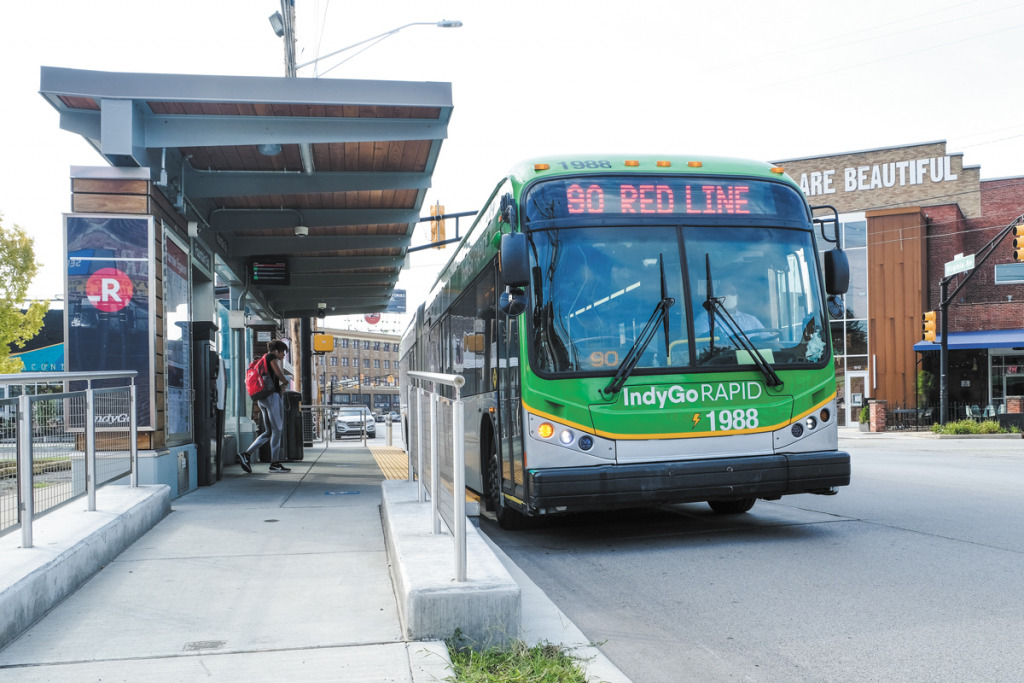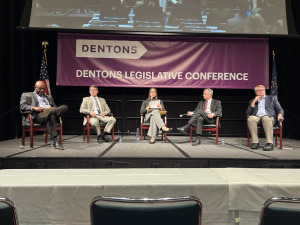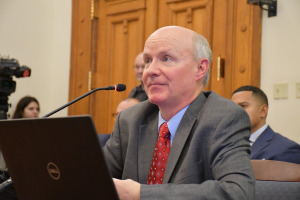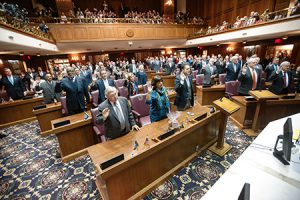
FedEx shares fall after profit outlook is cut again on economic woes
An economic bellwether because of its broad exposure to the global economy, FedEx said its latest outlook assumes the global economic, political and trade environment doesn’t worsen any further.





